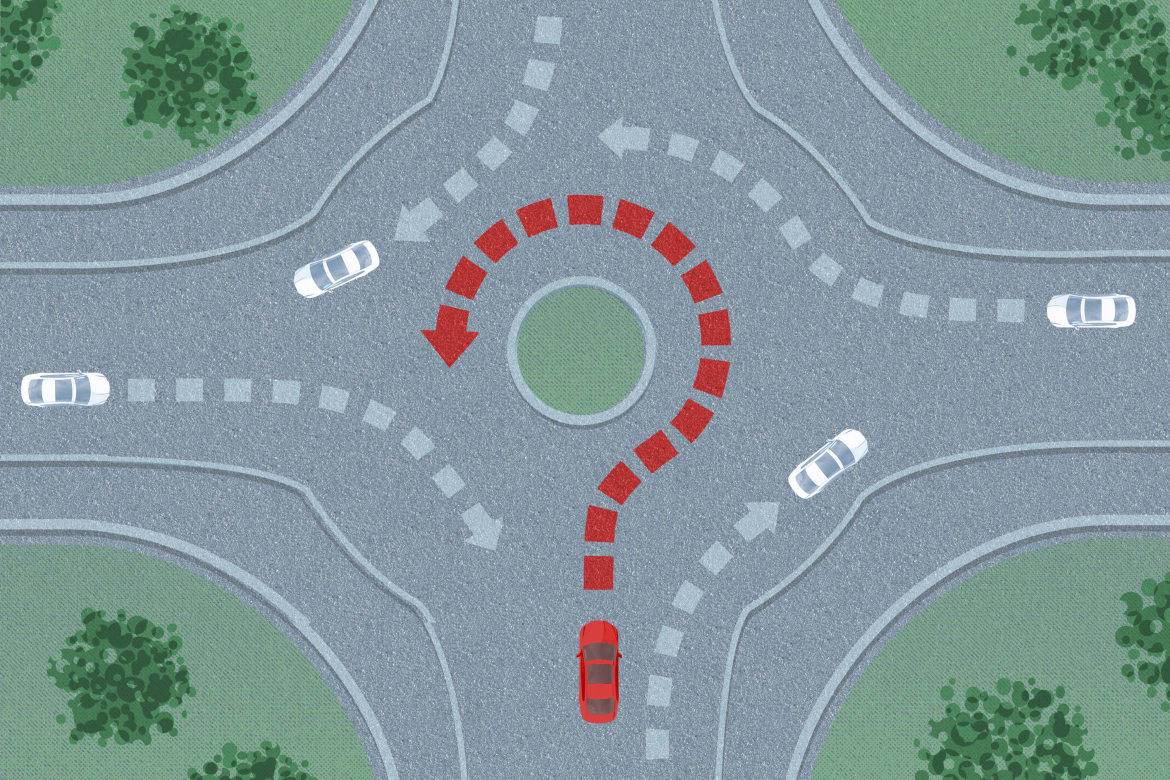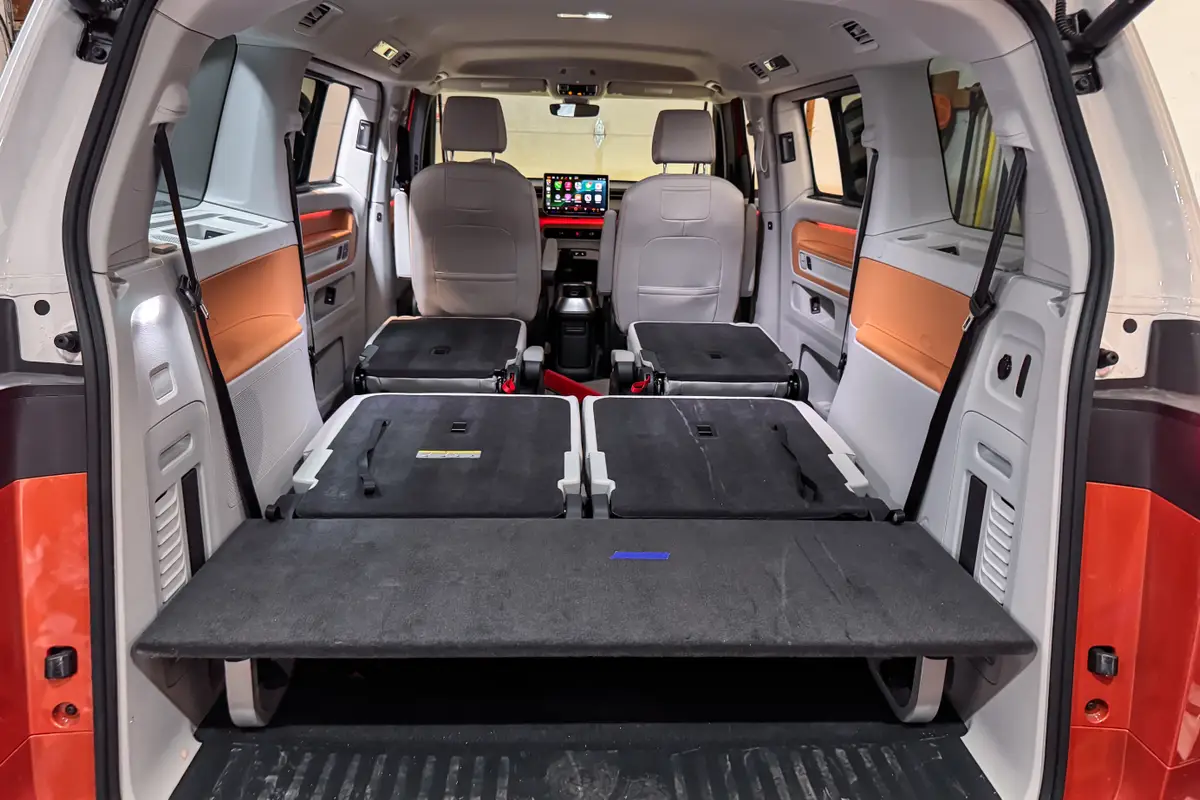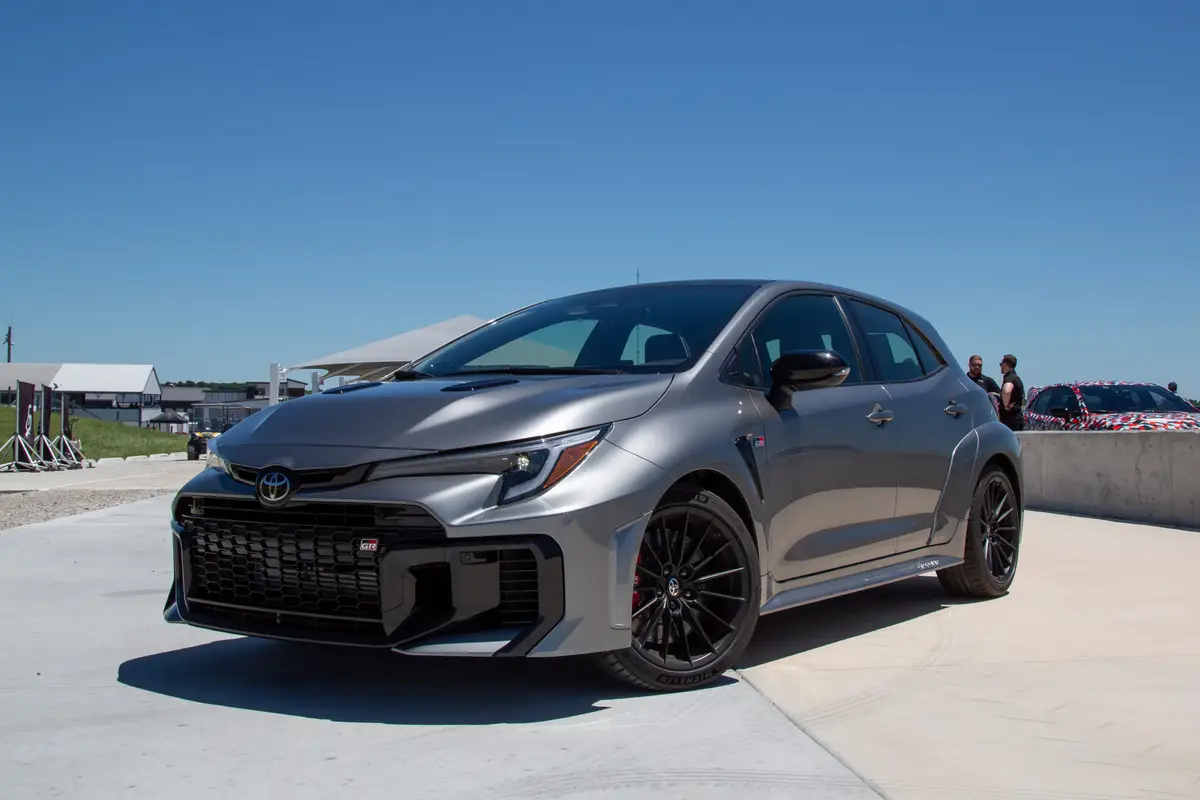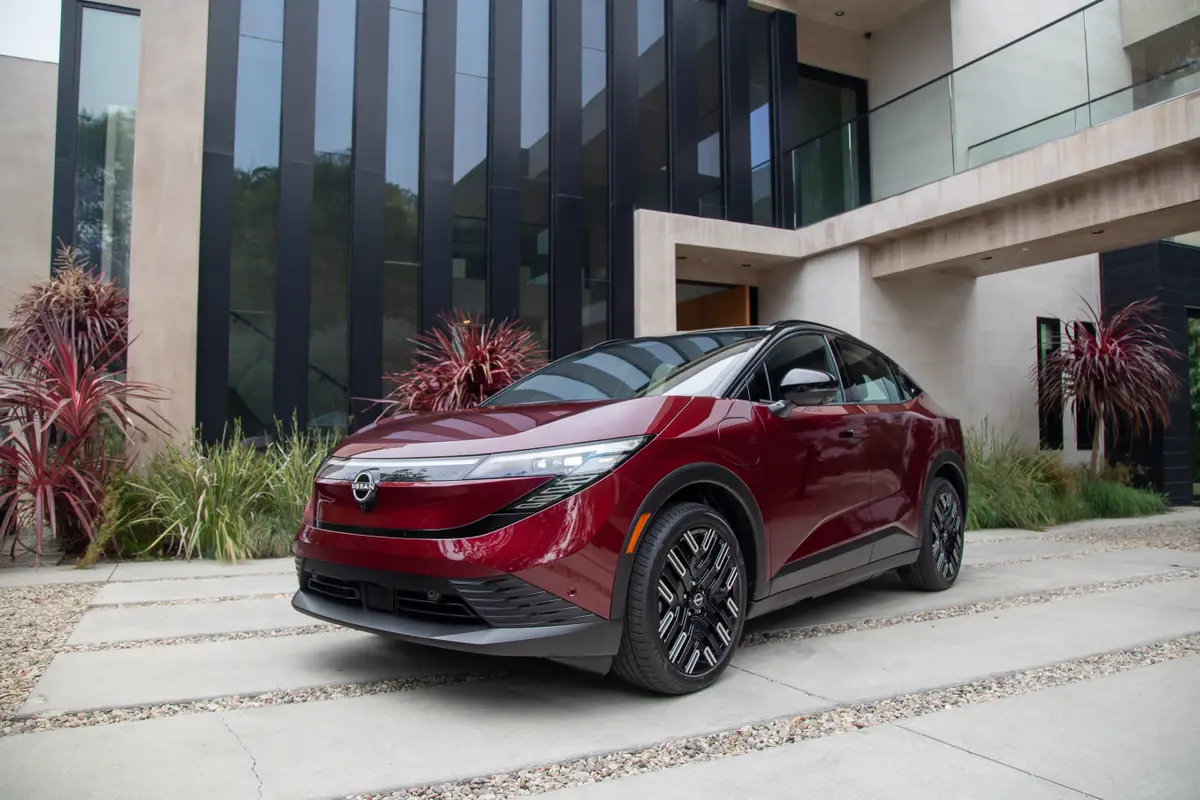Circular Logic: Making Intersections Safer in a Roundabout Way


CARS.COM — As communities search for innovative solutions to increasingly congested roadways, traffic officials keep circling back to roundabouts. Whether you love ’em all around or roundly reject them, roundabouts are becoming more common as a means of moving more cars through an intersection more quickly, more efficiently and much more safely.
Related: The Zipper Merge: Convincing Motorists Isn’t a Snap
Roundabouts originated in Europe more than half a century ago, and Americans started coming around in the early 1990s. Roundabouts — not to be confused with higher-speed traffic circles or rotaries — have the statistics on their side when it comes to curbing crashes. According to the Insurance Institute for Highway Safety, traditional intersections with traffic lights or stop signs that are converted to roundabouts see accident-related injuries reduced by as much as 80 percent and collisions overall by as much as half.
Why Roundabouts?
They work by reducing speed and, therefore, crash severity. Vehicles are forced to slow down to between 15 and 35 mph as they negotiate the curve of the roundabout. Meanwhile, the most common (and severe) types of crashes at a conventional intersection — right-angle, left-turn and head-on collisions — are virtually eliminated as cars are all traveling in the same direction within the roundabout.
Meanwhile, the incentive to speed up to catch the yellow light, or the need to slam on the brakes at a red, helps reduce rear-end collisions. As all traffic goes the same way, collisions with pedestrians also are less frequent, with some studies showing a 75 percent reduction.
How Do They Work?
Vehicles travel counterclockwise around a raised center island. Traffic entering the roundabout must yield to traffic already circulating, and slow and consistent speeds are maintained due to the combination of the center island and the tight turn radius of both the roundabout and the exit lanes. Once inside, drivers proceed to the appropriate exit, following signs, signals and pavement markings.
“Slow speeds aid in the smooth movement of vehicles into, around and out of a roundabout,” IIHS said in a statement. “Drivers approaching a roundabout must reduce their speeds, look for potential conflicts with vehicles already in the circle, and be prepared to stop for pedestrians and bicyclists.”
Roundabout Results
IIHS conducted a study concluding that if 10 percent of a city’s signalized intersections were converted to roundabouts, nearly 50,000 crashes would have been prevented in 2014 — including 189 fatalities and 31,000 injuries. Different crash stats apply to different kinds of roundabouts, of course — such as the more complex and confusing multilane varieties — but single-lane roundabouts in the U.S. have been shown to yield consistently high safety results. The crashes that do occur in roundabouts typically are rear-end collisions, sideswipes, collisions with circulating traffic while entering, and running off the road or striking the center island (often attributable to excessive speed).
In terms of traffic flow, IIHS says studies have shown that at intersections where stop signs were replaced with roundabouts, delays were reduced by anywhere from 13 percent up to 89 percent, while vehicles having to stop went down between 14 percent and 56 percent. Meanwhile, fuel consumption has been shown to dip by more than a third and emissions by as much as 44 percent. Moreover, roundabouts are said to be cheaper to maintain and longer lasting by about two and half times compared with traffic signals.
Public Acceptance Slow
Roundabouts as a solution to traffic congestion are one of those sort of geeky, esoteric things favored by traffic engineers and often misunderstood (or spurned) by the public, like the controversial zipper merge. But like the zipper merge, once the public understands it and sees the benefits, they increasingly embrace it. IIHS cited studies showing that acceptance of roundabouts went up between 14 and 32 percent shortly after construction, rising to a 70 percent favorable rating on average after more than one year.
And while they’ve been rather slow to catch on in the U.S., the number of American roundabouts is growing. Perhaps the place that has most enthusiastically embraced the idea is Carmel, Ind., a city of 86,000 residents about 24 miles north of Indianapolis. Carmel became an early adopter in the late 1990s, when it began replacing signalized intersections with roundabouts.
Carmel now has 100 roundabouts, and claims to have more than any other city in the country.
Success Story
“Carmel builds roundabouts because of their safety record, their compatibility with the environments, their aesthetics and their ability to make it easier for pedestrians and bicyclists to navigate,” the city’s website states. “In Carmel, where roundabouts have replaced signals or stop signs at intersections, the number of injury accidents has been reduced to about 80 percent and the number of accidents overall by about 40 percent.”
In a study published in 2014 by a consumer finance website, Carmel was shown to have the lowest annual car-insurance premiums among Indiana’s 50 largest cities, at an average of $718 a year. Researchers attributed that in part to the city’s reduction in accident-related injuries at intersections thanks to its widespread adoption of roundabouts.
Moreover, Carmel even received a nice “hello from the other side” when one of its gyratory installations was named International Roundabout of the Year by the U.K. Roundabout Appreciation Society in London, which noted the roundabout’s fountain with eight dancing fish surrounded by “manicured hedges amid a sea of green,” the Indianapolis Star reported in August. It is also the featured Carmel’s circle for the month of December in a calendar highlighting the world’s most beautiful roundabouts, the newspaper stated.
Widening the Circle
The Federal Highway Administration endorses the use of roundabouts, noting that roughly a quarter of all U.S. traffic fatalities occur at intersections, making safer designs that keep both cars and people moving critical. Widespread understanding of roundabouts remains one of the biggest hurdles. FHWA has created and compiled education materials specifically for this purpose, such as this YouTube video.
“Roundabouts have proven to be a safer and more efficient type of intersection,” FHWA stated. “Still, because they may be unfamiliar to most people, successful implantation of a roundabout requires extra outreach and education.”

Former Assistant Managing Editor-News Matt Schmitz is a veteran Chicago journalist indulging his curiosity for all things auto while helping to inform car shoppers.
Featured stories




